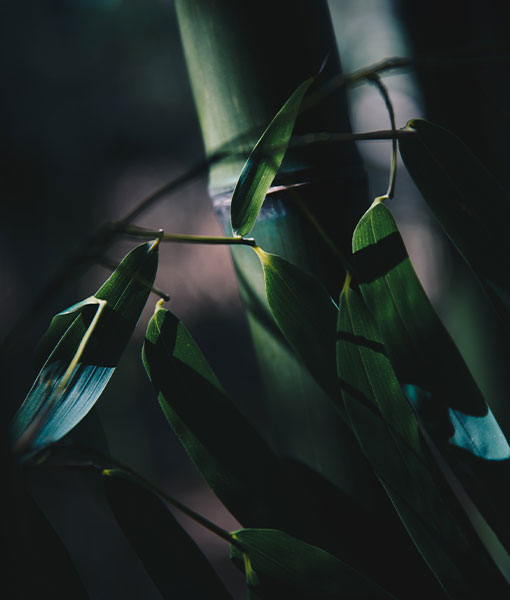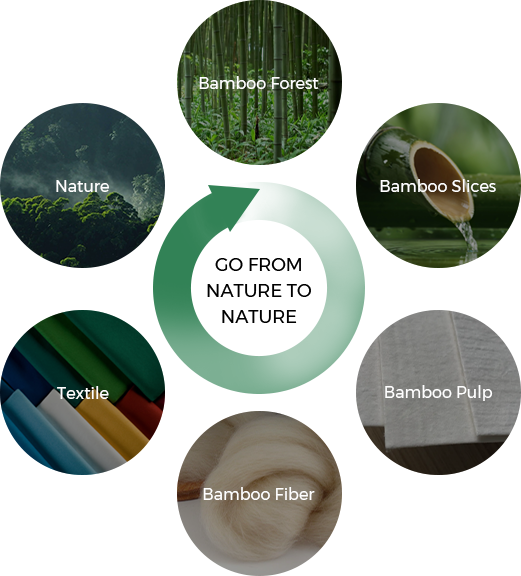In the ever-advancing landscape of textiles,
Anti-Bacterial Fabric emerges as a vital contributor to health and hygiene, reshaping our expectations of clothing and textile products. Unlike traditional fabrics, anti-bacterial fabrics are engineered to actively inhibit the growth of bacteria, providing a protective shield against microbial threats. This article delves into the distinctive features, production methods, and diverse applications of Anti-Bacterial Fabric, shedding light on its crucial role in fostering a cleaner and healthier environment.
At the heart of Anti-Bacterial Fabric lies a commitment to harnessing technology and innovative materials to create textiles that actively combat the proliferation of bacteria. The production process involves the incorporation of specialized fibers and treatments designed to inhibit the growth and survival of bacteria on the fabric's surface. Commonly used materials include synthetic fibers with inherent anti-bacterial properties, as well as treatments that create a protective barrier against microbial activity.
One of the defining characteristics of Anti-Bacterial Fabric is its ability to create an inhospitable environment for bacteria. The fabric's structure, combined with anti-bacterial treatments, actively prevents the growth and reproduction of bacteria, contributing to the overall hygiene of the textile. This feature is particularly advantageous in situations where maintaining cleanliness and preventing the spread of bacteria are of paramount importance.
The anti-bacterial properties of the fabric provide a layer of protection that extends to various applications, from clothing and activewear to home textiles and medical garments. In clothing, Anti-Bacterial Fabric ensures that garments remain fresher for longer periods, reducing the need for frequent washing and minimizing the risk of odors caused by bacteria. This feature is especially valuable in activewear, where extended use during workouts can lead to bacterial growth and unpleasant smells.
The healthcare industry has embraced the benefits of Anti-Bacterial Fabric in the production of medical garments, scrubs, and linens. The fabric's ability to inhibit bacterial growth contributes to a more hygienic environment in hospitals and clinics. Medical professionals benefit from the added layer of protection against bacteria, reducing the risk of cross-contamination and enhancing overall cleanliness in healthcare settings.
Beyond healthcare and activewear, Anti-Bacterial Fabric has found applications in everyday clothing, offering a solution for individuals who prioritize hygiene and cleanliness. Shirts, undergarments, and socks made from anti-bacterial fabrics provide a protective barrier against bacteria, ensuring that the clothing remains fresher for longer durations. This feature is particularly advantageous in warm and humid conditions, where bacterial growth is more prevalent.
In the realm of home textiles, Anti-Bacterial Fabric has become a valuable addition to items such as towels, bed linens, and curtains. Towels made from anti-bacterial fabrics offer a hygienic solution in bathrooms, where damp conditions can promote bacterial growth. Bed linens create a cleaner sleep environment, and curtains provide an added layer of protection in areas where maintaining a germ-free atmosphere is crucial.
The versatility of Anti-Bacterial Fabric extends to accessories and footwear, where the fabric's properties contribute to overall cleanliness and comfort. Anti-bacterial insoles and socks help prevent the development of bacteria that can lead to unpleasant odors and foot-related issues. Additionally, accessories such as hats and gloves made from anti-bacterial fabrics offer a hygienic solution, especially in situations where frequent hand contact is involved.
The eco-friendly aspect of Anti-Bacterial Fabric is gaining significance as consumers seek textiles that align with their values. Some manufacturers are exploring sustainable options, such as incorporating recycled fibers and environmentally responsible production processes, to create anti-bacterial fabrics that minimize their impact on the environment. This reflects a growing awareness of the environmental consequences of textiles and a desire to make conscious choices without compromising on hygiene.
In conclusion, Anti-Bacterial Fabric stands as a pivotal force in the textile industry, reshaping our approach to cleanliness and hygiene in clothing and textiles. From its ability to inhibit bacterial growth to its diverse applications in healthcare, activewear, and home textiles, anti-bacterial fabrics have become an essential component of a cleaner and healthier lifestyle. As consumers increasingly prioritize health and hygiene in their daily lives, Anti-Bacterial Fabric continues to play a vital role in fostering a sense of protection and well-being in the world of textiles.





